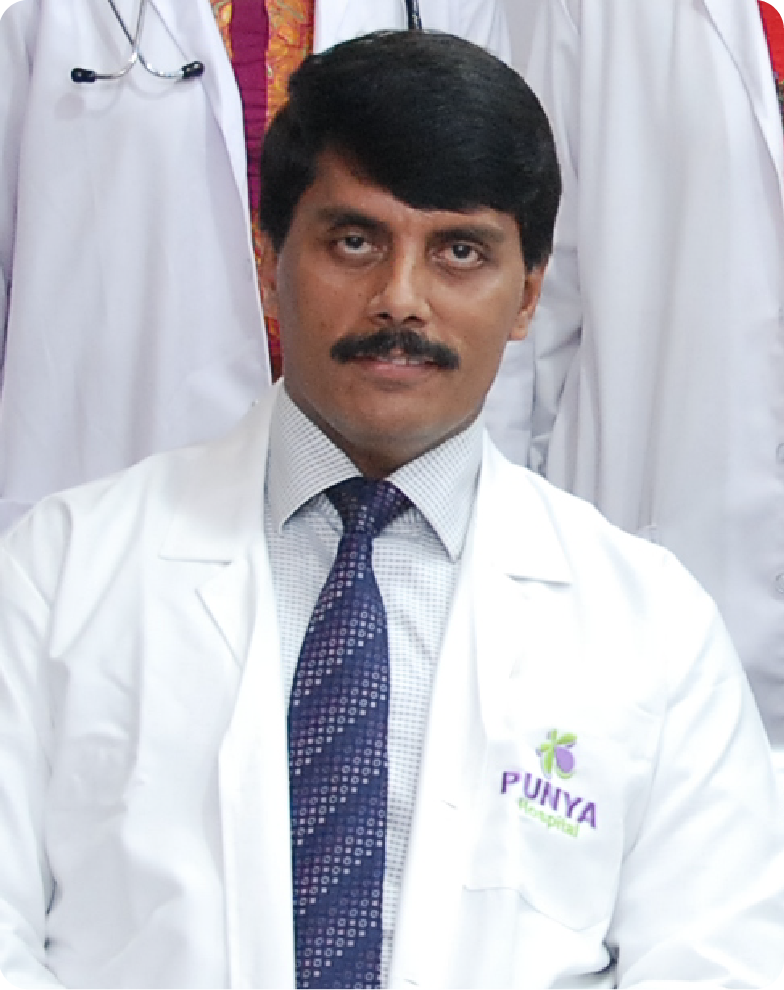Lap Splenectomy
Lap Splenectomy
Laparoscopic splenectomy is a procedure followed by surgeons to remove a damaged spleen through several small incisions in the body. Removal of spleen is usually accomplished through open surgery in which a large incision about 6 to 8 inches in length will have to be made for carrying out the surgery. In laparoscopic surgery as the incisions are smaller there will be less pain and the recovery will be faster and the period of hospitalization will also be lesser.
Preparations for surgery
As a precaution, the patients will be subjected to immunization against bacterial organisms. This will reduce the chance of serious infection after the surgery. This is usually done by the haematologist prior to the referral. Depending upon the health condition and medical history, the patient may be required to undergo X-ray and electrocardiogram. The patients are not expected to drink or eat anything from midnight of the previous day of the surgery. Prescription for pain medication will be given. On the day of the surgery the patients are expected to take the medications with a small sip of water.
Laparoscopic procedure
For laparoscopic procedure three to four incisions of the size 1 to 2 cms are made in the upper part of the abdomen. An additional incision of the size 4-5 cms in length may be required for taking out the cut spleen. This procedure is generally carried out under general anaesthesia. Through one of the small incisions a laparoscope is inserted into the belly. Laparoscope is a special instrument with a light source and a camera on one end of a long flexible tube. The other end of the tube will be connected to a monitor placed in front of the surgeon. The videos taken by the camera showing the internal parts of the body and the surgical procedure being carried out will be visible to the surgeon in the monitor in front of him. Seeing these videos the surgeon carries out the surgery controlling the miniature instruments inserted into the body through other small incisions already made. The surgeon cuts the blood cells and other connecting tissues and makes the spleen free from all attachments. Now the surgeon dissects the spleen. The dissected spleen is placed in an extraction bag. The spleen is cut into small pieces while it is inside the extraction bag and the bag with the spleen is removed through the larger hole already made. Steri strips which are generically termed as butterfly stitches are used to close the incisions which will be peeled of within one to two weeks.
Recovery
For this surgery the recovery is very faster and only one day’s hospital stay will be enough in most cases. After laparoscopic surgery usually sharp shoulder pain will be experienced by many patients and this will be resolved after three or four hours. The patients can take normal bath one day after the surgery. The patients will be encouraged to go for a short walk as early as possible to avoid the possibility of abnormal blood clotting and to improve the lung functioning. On the night after surgery the patients will be given only liquid food and the day after surgery they will be allowed to eat solid food. After about one week the patient will be scheduled for a post operative check up. If nausea or vomiting persists 24 hours after the surgery, the patients are expected to report the matter immediately to the surgeon.
OUR TEAM

Dr. Nagaraj B Puttaswamy
Senior Consultant - Laparoscopic Surgeon Bariatric Surgeon and Surgical Gastroenterologist


